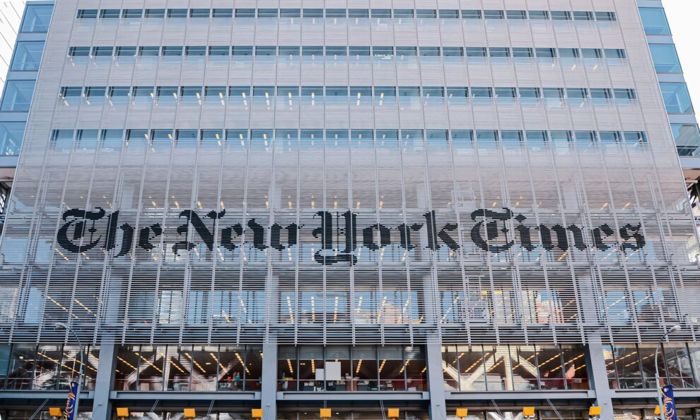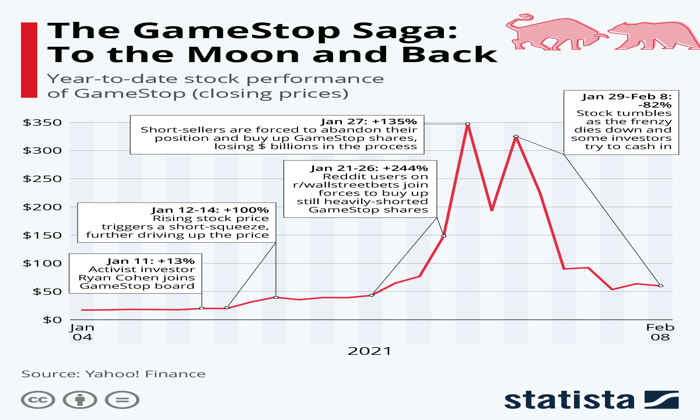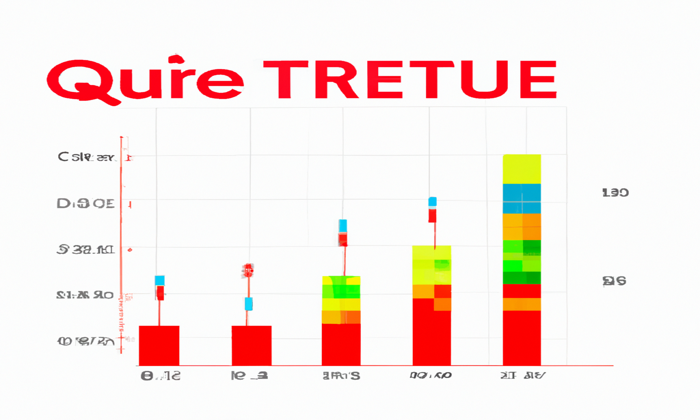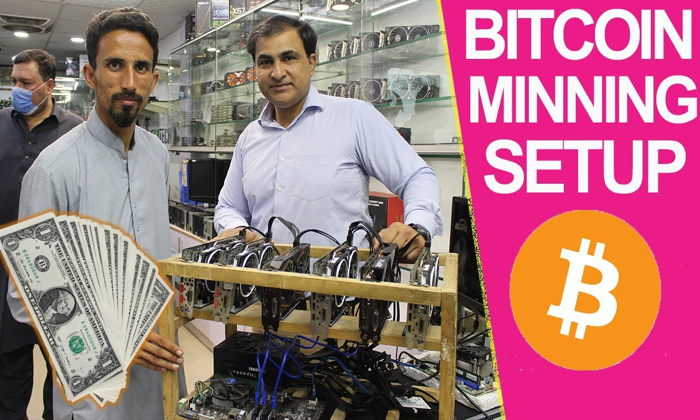Fidelity stablecoin represents a significant step forward in the evolving landscape of digital finance, as Fidelity Digital Assets embarks on its innovative journey into the world of crypto stablecoins. This initiative comes as the $5 trillion asset management giant explores the burgeoning market for tokenized U.S. Treasury holdings. The company’s efforts are not only aimed at creating a stablecoin pegged to the U.S. dollar but also signify a broader commitment to enhancing its offerings in the realm of crypto investments. As Fidelity takes this bold leap, the potential impact on the financial ecosystem and the regulatory environment surrounding Ethereum stablecoins remains a hot topic of discussion. With the burgeoning sector of cryptocurrencies gathering momentum, Fidelity stablecoin could play a pivotal role in redefining how individuals and institutions manage their digital assets.
The recent developments at Fidelity Digital Assets signal the firm’s growing interest in creating a reliable digital currency that operates within the stablecoin framework. By delving into projects such as the tokenization of U.S. Treasury assets and the development of a dollar-pegged cryptocurrency, Fidelity sets itself apart from traditional financial institutions. These efforts not only highlight the increasing importance of digital asset custody but also demonstrate a forward-thinking approach to integrating real-world assets with blockchain technology. Furthermore, as the crypto market continues to evolve, introducing solutions that blend stability with innovation could provide investors with new avenues for growth and security. The firm’s move to engage with such disruptive financial technologies positions it at the forefront of the ongoing crypto evolution.
Fidelity’s Bold Move into the Stablecoin Market
Fidelity Digital Assets, the crypto arm of the renowned asset management firm Fidelity Investments, is testing its own stablecoin as part of a significant expansion into the crypto sector. Known for its traditional investment services, Fidelity’s venture into the cryptocurrency realm demonstrates its commitment to adapting to new financial technologies. Stablecoins play a crucial role in the crypto ecosystem, serving as a bridge between volatile cryptocurrencies and traditional fiat currencies. Fidelity’s initiative to explore stablecoins could potentially reshape the market by introducing a trusted, institutional-grade digital asset.
The firm’s exploration into stablecoins aligns with their broader goals of enhancing crypto investments for their clients. By creating a stablecoin that potentially holds a one-to-one peg with the U.S. dollar, Fidelity aims to provide a reliable digital tool for trading and investment within the crypto space. This move not only highlights Fidelity’s willingness to innovate but also aims to address the growing demand for stable assets among cryptocurrency investors. As regulations around stablecoin issuance evolve, Fidelity’s participation in this space positions it at the forefront of the market.
The Tokenization of U.S. Treasury Funds on Ethereum
Fidelity Investments has taken a significant step by filing with the SEC to launch a tokenized version of its U.S. Treasury Digital Fund, utilizing the Ethereum blockchain. This initiative mirrors the growing trend among financial institutions to tokenize real-world assets (RWA), allowing for greater accessibility and efficiency in asset management. By leveraging Ethereum’s robust blockchain capabilities, Fidelity not only enters the innovative world of crypto assets but also promises to enhance the liquidity and transparency of traditional funds.
The proposed tokenized funds will enable investors to interact with U.S. Treasury securities in a more modern, decentralized manner. By integrating blockchain technology, Fidelity aims to draw in both current investors and a new generation of crypto enthusiasts who desire direct access to traditional financial products through digital means. Furthermore, the potential to expand into other layer-one networks indicates Fidelity’s adaptability and foresight in navigating the evolving landscape of crypto investments.
Fidelity’s commitment to tokenizing its Treasury fund coincides with a broader institutional push towards adopting cryptocurrencies and blockchain technologies. With regulatory clarity on the horizon and growing acceptance of digital assets, Fidelity is poised to lead the charge in merging traditional finance with the burgeoning world of digital currency.
As existing stablecoins continue to grow, the introduction of Fidelity’s stablecoin could inject renewed competition into the market. By creating a digital asset backed by tangible U.S. Treasury securities, Fidelity could enhance trust among skeptical investors and stabilize fluctuations commonly associated with other cryptocurrencies. Such advancements showcase the potential for institutional players to innovate within the crypto landscape and foster a more secure financial future.
Market Dynamics and Competitive Landscape for Stablecoins
The stablecoin market, currently valued at approximately $250 billion, is characterized by fierce competition as various entities seek to launch their own dollar-pegged tokens. Fidelity’s entry into this ecosystem will undoubtedly affect the dynamics of the market, especially with rival projects like World Liberty Financial’s USD1 and BitGo’s USDS already gaining traction. As firms race to establish themselves ahead of anticipated regulatory frameworks, the introduction of more robust and reliable stablecoins could lead to increased consumer confidence and market stability.
Fidelity’s proactive stance in developing a stablecoin reflects a strategic approach to securing its position within an evolving marketplace. As regulatory bodies rally to establish clearer guidelines for stablecoin issuers, Fidelity’s established reputation and resources lend significant weight to its venture. The anticipated clarity in regulation could open new avenues for investment opportunities, reinforcing the confidence of consumers and investors alike in both Fidelity’s offerings and the broader stablecoin market.
The Regulatory Landscape Impacting Stablecoins
As Fidelity develops its own stablecoin, the regulatory landscape surrounding such digital assets is under significant scrutiny. Recent bipartisan efforts, such as the Genius Act introduced in the U.S. Senate, highlight the growing emphasis on establishing comprehensive regulations for stablecoins. These regulations are aimed at ensuring consumer protection and maintaining the stability of the financial system, particularly as stablecoins grow in popularity and usage. Fidelity’s involvement in this area positions it not just as a market participant but also as a potential influencer in regulatory discussions.
The outcome of these regulatory proceedings could dictate the future of stablecoins, determining the ways in which firms like Fidelity Digital Assets operate their financial products. With the backing of institutional giants, such as Fidelity, lawmakers may be more inclined to adopt regulations that facilitate innovation while still safeguarding the integrity of financial markets. As financial institutions adapt to these changes, stablecoin issuers must remain agile, ensuring compliance while also meeting the needs of an increasingly savvy investor base.
Fidelity’s Vision for the Future of Digital Finance
Fidelity’s investment into stablecoins and the tokenization of traditional assets signals a commitment to revolutionizing the way financial transactions occur within the digital age. The firm seeks to cultivate a future where digital assets are not just an alternative investment option, but a mainstream financial tool accessible to everyone. Positioning itself as a leader in this transformation, Fidelity recognizes that a well-regulated and secure stablecoin could encourage mass adoption among investors who may be hesitant about the volatility typically associated with cryptocurrencies.
Through its strategic initiatives in the stablecoin and tokenization space, Fidelity is crafting a roadmap for other financial institutions to follow. The firm’s ability to seamlessly integrate traditional investment strategies with emerging crypto technologies showcases a vision that not only enhances the user experience but also supports the broader adoption of cryptocurrency in daily financial practices. As Fidelity continues its exploration in this arena, it could fundamentally change the landscape of both traditional finance and the digital currency ecosystem.
Why Stablecoins Matter in Today’s Economy
Stablecoins play a pivotal role in bridging the gap between traditional finance and cryptocurrencies, providing a necessary balance for investors. They offer the benefits of digital assets—such as speed and efficiency in transactions—while maintaining stability tied to fiat currencies. As more individuals turn to crypto investments, stablecoins serve as a reliable medium for those looking to mitigate risk while participating in the volatile cryptocurrency market. Fidelity’s foray into developing a stablecoin aligns with this trend, ensuring that investors have access to a dependable digital asset.
In today’s economic climate, where inflation and market volatility influence investment decisions, the appeal of stablecoins is undeniable. These assets allow for quicker transactions, lower fees, and the ability to capitalize on investment opportunities without converting back to traditional currency systems. With Fidelity entering the stablecoin space, it underscores the demand for secure and transparent alternatives, positioning itself to capture a significant portion of the growing digital economy.
Fidelity’s Potential Impact on the Global Stablecoin Market
The global stablecoin market is rapidly evolving, and Fidelity’s recent initiatives could have far-reaching implications for this segment. By developing its stablecoin and exploring tokenization options, Fidelity is poised to create a ripple effect across the market, prompting other financial institutions to innovate. As one of the largest asset managers, Fidelity’s reputation brings a level of trust that could help stabilize and legitimize stablecoins in the eyes of mainstream investors.
Moreover, Fidelity’s extensive client base and established network could promote the adoption of its stablecoin among retail and institutional investors alike. This influx of credibility and trust can lead to greater integration of stablecoins within traditional financial applications. As the firm sets its sights on expanding its crypto offerings, it may very well pave the way for a new era in global finance where stablecoins emerge as viable alternatives to conventional financial products.
Exploring the Future of Fidelity Digital Assets
Fidelity Digital Assets represents a significant step towards the future of cryptocurrency, with its focus on creating stablecoins and tokenizing traditional assets. This strategic direction indicates the firm’s recognition of the changing financial landscape and the role cryptocurrencies will play in it. By actively engaging in stablecoin development and participating in on-chain finance, Fidelity is positioning itself to meet the diverse needs of its clientele in an increasingly digital world.
Furthermore, by investing in technology that supports the evolution of crypto markets, Fidelity is laying the groundwork for future innovations. As more financial entities recognize the potential of blockchain and stablecoins, Fidelity’s leadership may inspire greater collaboration within the crypto space, ultimately leading to a more unified approach to digital finance. The ongoing developments in this sector are likely to redefine investment strategies and offerings, with Fidelity being at the forefront of these changes.
Frequently Asked Questions
What is the Fidelity stablecoin and how does it relate to Fidelity Digital Assets?
The Fidelity stablecoin is a cryptocurrency being tested by Fidelity Digital Assets, the crypto-focused division of Fidelity Investments. It aims to provide a stable digital currency option, potentially backed by U.S. dollar reserves, that would function as a secure investment in the growing market of crypto stablecoins.
How does Fidelity’s stablecoin experiment align with the tokenized US Treasury initiatives?
Fidelity’s stablecoin experiment aligns with its broader strategy of exploring the tokenized U.S. Treasury market, where they plan to offer a tokenized version of their U.S. dollar money market fund. This initiative signifies Fidelity’s commitment to integrating traditional assets with blockchain technology.
Can Fidelity Digital Assets’ stablecoin impact the future of crypto investments?
Yes, Fidelity Digital Assets’ stablecoin could significantly impact crypto investments by providing a more stable and secure option for investors. As stablecoins offer low volatility, they can serve as an effective bridge between traditional finance and cryptocurrencies.
What advantages does Fidelity’s stablecoin offer compared to other crypto stablecoins?
Fidelity’s stablecoin may offer advantages such as being tied directly to the company’s extensive financial resources and regulatory compliance. It could potentially offer improved security and trust compared to other crypto stablecoins currently available in the market.
In what ways does Fidelity’s stablecoin utilize the Ethereum blockchain?
Fidelity’s stablecoin initiative may utilize the Ethereum blockchain for its infrastructure, allowing for enhanced smart contract capabilities and interoperability with decentralized finance (DeFi) applications, furthering the adoption of crypto stablecoins.
What regulatory considerations are affecting Fidelity’s stablecoin and other crypto stablecoin projects?
Fidelity’s stablecoin project, along with other crypto stablecoin initiatives, is influenced by evolving regulations in the U.S., such as the proposed Genius Act that aims to establish clearer guidelines for stablecoin issuers, enhancing investor confidence in these financial products.
How does Fidelity’s stablecoin compare to well-known stablecoins like USDC and USDT?
While established stablecoins like USDC and USDT are widely recognized, Fidelity’s stablecoin could differentiate itself through its backing by a reputable financial institution and its alignment with asset management services, potentially attracting more traditional investors into the crypto space.
| Key Point | Details |
|---|---|
| Fidelity Testing Stablecoin | Fidelity Digital Assets is actively testing its own stablecoin but has no immediate plans to launch it in the market. This initiative indicates Fidelity’s deeper involvement in crypto. |
| Tokenized U.S. Treasury Fund | Fidelity filed with the SEC to create a tokenized version of its U.S. dollar money market fund, which will operate on the Ethereum blockchain. |
| Regulatory Efforts on Stablecoins | With several firms eager to launch dollar-backed tokens, the U.S. Senate has proposed regulations for stablecoin issuers, showcasing the growing interest and potential for future stablecoins. |
| Stablecoin Market Size | The stablecoin market is worth approximately $250 billion and is dominated by Tether’s USDT, along with USD-backed tokens from other companies. |
Summary
Fidelity stablecoin marks a significant development as Fidelity Investments expands its crypto efforts. By testing its own stablecoin and venturing into tokenized U.S. Treasury funds, Fidelity is positioning itself as a leader in the evolving digital finance landscape. This initiative comes at a crucial time when the framework for stablecoin regulation is being established in the U.S., indicating a burgeoning market that is likely to revolutionize how assets are managed and traded. As the stablecoin market matures, Fidelity’s contributions could influence the future direction of this financial innovation.
Fidelity stablecoin is taking center stage as Fidelity Digital Assets embarks on an exciting endeavor to develop its own cryptocurrency. This initiative aligns with the asset management giant’s broader efforts in the crypto space, particularly as it investigates the tokenization of U.S. Treasury assets. As a prominent player in the financial industry, Fidelity aims to create a secure and reliable stablecoin, which would stand alongside existing crypto stablecoins. With the growing popularity of digital currencies, Fidelity’s potential stablecoin could enhance crypto investments and offer a viable dollar-pegged alternative. By leveraging its extensive experience in financial markets, Fidelity is poised to make a significant impact in the evolving landscape of tokenized financial products, including Ethereum stablecoins that are gaining traction among investors.
In the realm of digital currencies, Fidelity stablecoin represents a strategic move by Fidelity Digital Assets to innovate within the cryptocurrency market. As the firm explores options for a cryptocurrency pegged to traditional assets, the concept of tokenized U.S. Treasury securities is becoming increasingly relevant. The pursuit of a reliable alternative to fiat-backed offerings positions Fidelity as a competitive player among various crypto investments. By venturing into the domain of stablecoins, Fidelity not only adapts to evolving market demands but also seeks to provide a robust financial instrument that could reshape its clients’ investment strategies. This focus on tokenization and asset digitization underlines the growing convergence between traditional finance and the rapidly expanding world of digital assets.
















Leave a Reply